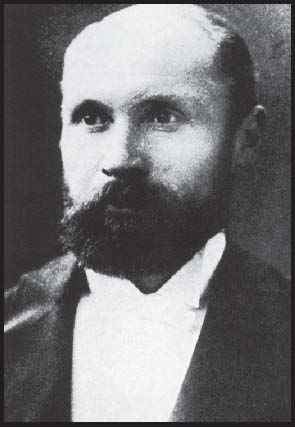
LUCK’S A FORTUNE: Charles Rasp was the first prospector to peg the broken hill, in the belief it was a potential tin mine ... and in the hope it would win him the hand of Agnes, the coffee-shop waitress.

RASP’S HUT: Rasp lived in this bizarre mix of iron, wattle and daub on Mount Gipps station. (© Charles Rasp Memorial Library, Broken Hill

THE BROKEN-BACKED HILL, 1886: Note the family picnicking in the foreground. (© Charles Rasp Memorial Library, Broken Hill

BROKEN HILL SMELTING WORKS, c.1887: Bullock teams hauled the coke, firewood and flux to the BHP smelters. (© Charles Rasp Memorial Library, Broken Hill)

BROKEN HILL OPEN-CUT MINE: The open-cut mine turned out to be even more dangerous than the early shafts, as men and horses often fell from its precipitous slopes. (© Charles Rasp Memorial Library, Broken Hill)

THE FIRST FIFTY TONS OF ZINC CONCENTRATE PRODUCED AT BROKEN HILL, 1903: (from left) E.T. Henderson, assistant metallurgist; Leslie Bradford, metallurgist; J.A. Lindsay, chief engineer; G.D. Delprat, general manager; R. Spier, university student; E.J. Horwood, works manager; G. Hylton, mill superintendent; (at rear) M. Petch, foreman tinsmith. (© J. G. Williams/BHP Billiton)

EIGHT-HOUR-DAY PROCESSION DOWN ARGENT STREET, 1908: BHP’s proprietors and the miners fought bitter battles over wages and conditions. (© Charles Rasp Memorial Library, Broken Hill)
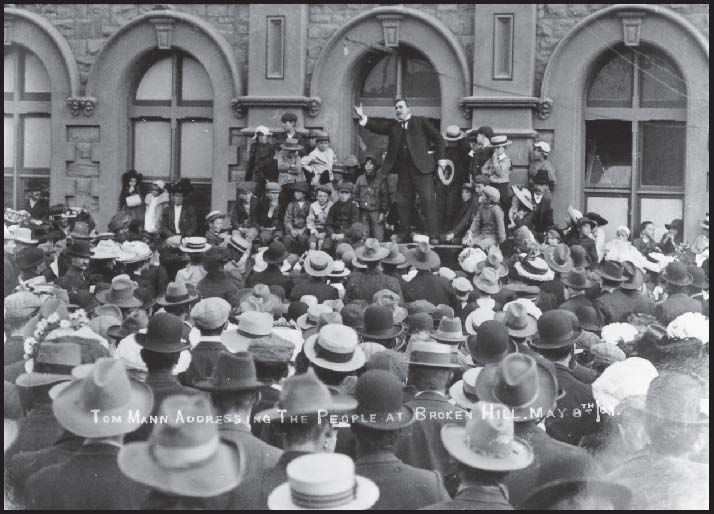
TOM MANN ROUSING THE WORKERS OUTSIDE THE BROKEN HILL TRADES HALL, 1909: After his return to England, the union leader became one of the founders of the British Communist Party. (© Charles Rasp Memorial Library, Broken Hill)

UNDERGROUND IN THE BIG MINE: BHP had early problems with cave-ins and sought the help of top American experts. (© Charles Rasp Memorial Library, Broken Hill)
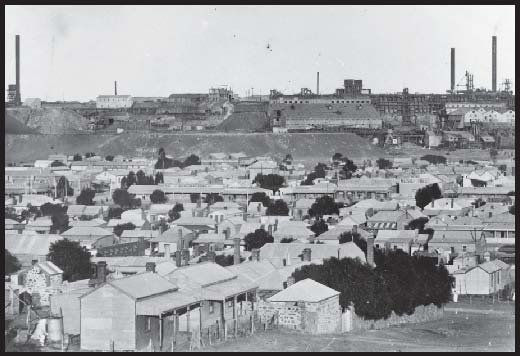
BROKEN HILL LOOKING SOUTH-WEST: Flimsy miners’ shacks jostled for position near the line of lode. (© Charles Rasp Memorial Library, Broken Hill)
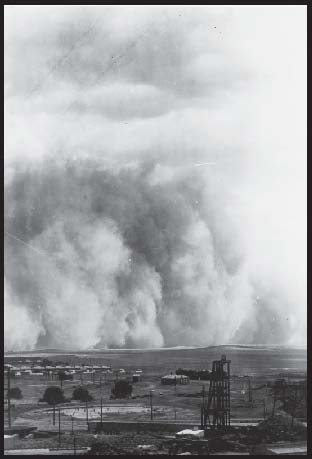
DUST STORM COMING: When it reached Boken Hill, it would mix with the smoke and lead dust from the smelter to torture the lungs of the miners and their families. (© Charles Rasp Memorial Library, Broken Hill)
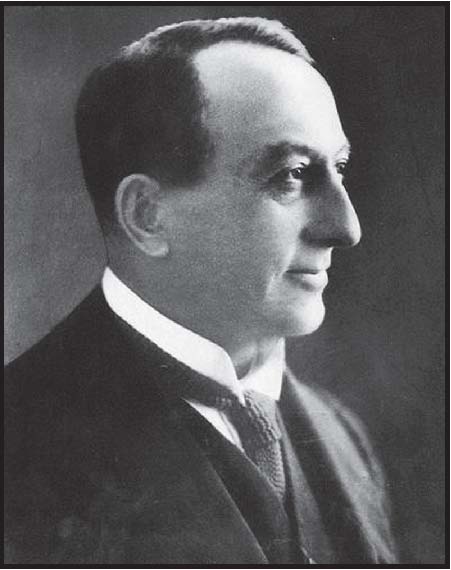
GUILLAME DELPRAT, 1915: As BHP’s general manager, the Dutch-born polymath would transform the company from miner to steelmaker. (© BHP Billiton)
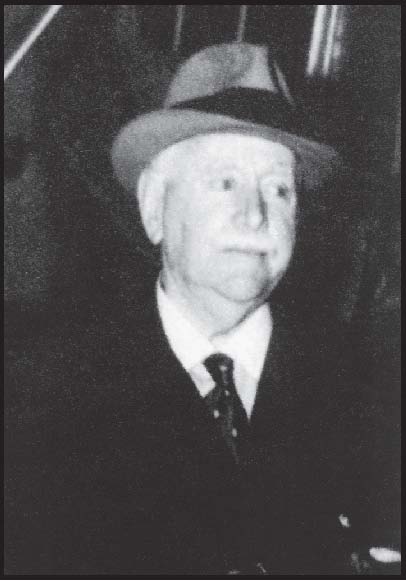
JAMES MENZIES: Father of the long-serving prime minister Robert Menzies, James acted as in-house political lobbyist for BHP. On his death, Essington Lewis called him ‘the finest and grandest man I have ever known’. (Courtesy of the Menzies family)
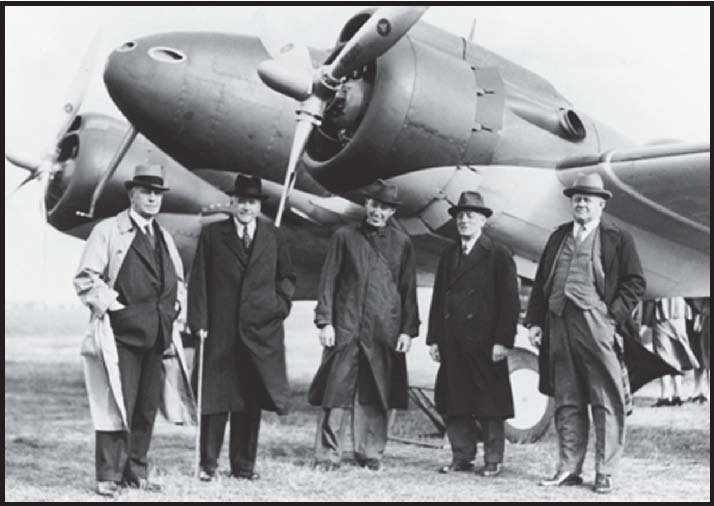
3 OCTOBER 1941: On the occasion of the flight of Commonwealth Aircraft Corporation Pty Ltd’s first fighter-bomber, the Woomera. Left to right: Sir Alexander Stewart; H.G. Darling (chairman of BHP); L.J. Wackett (manager and director of CAC); Senator Gordon Leckie; Essington Lewis (director general of aircraft production). (© BHP Billiton)
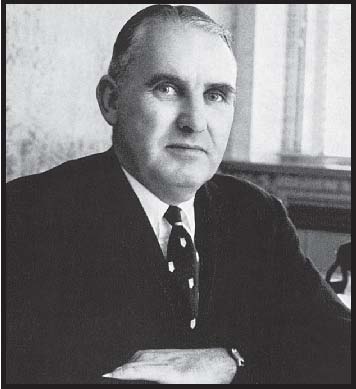
IAN MCLENNAN: Born in country Victoria in 1909, Ian McLennan, as BHP’s chief executive officer, was a ‘martinet’ to some and a ‘lovely man’ to others. Under his benevolent dictatorship through the 1960s, BHP grew to become The Big Australian. (From Seventy-Five Years of BHP Development in Industry, BHP)
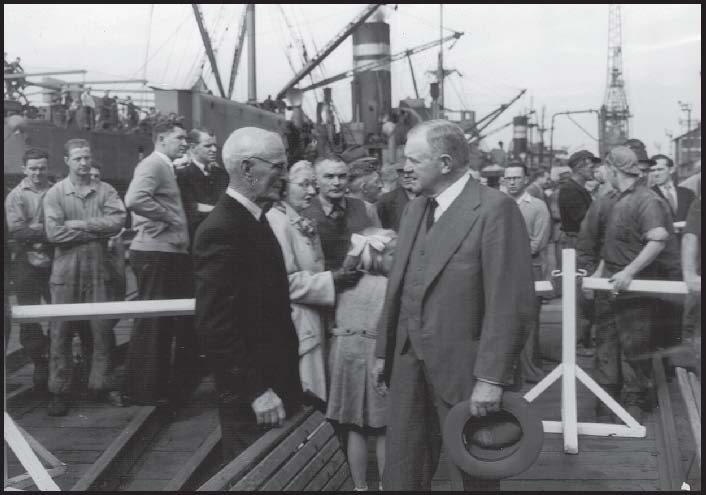
16 AUGUST 1950: At the unveiling of the Memorial Plaque to men who died in the Second World War when SS Iron Chieftain and SS Iron Knight were sunk by enemy action, relatives of the dead were presented to Essington Lewis, shown (above) greeting J.S. Swainson and (below) delivering a speech to mark the occasion. (© BHP Billiton)
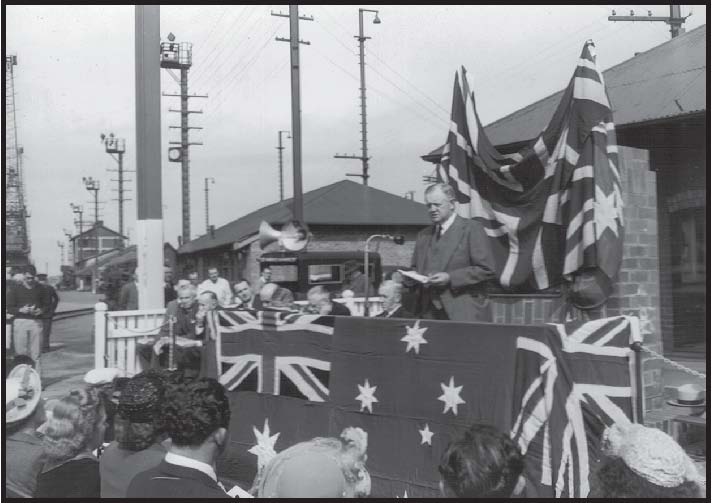

ROCK HOPPER: Samuel Warren Carey in New Guinea, 1942. He targeted the Bass Strait oil find.
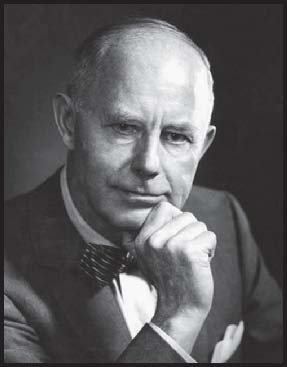
OIL SEARCHER: Lewis G. Weeks in 1960. He was called in by BHP and consulted Carey on where to drill in Bass Strait.
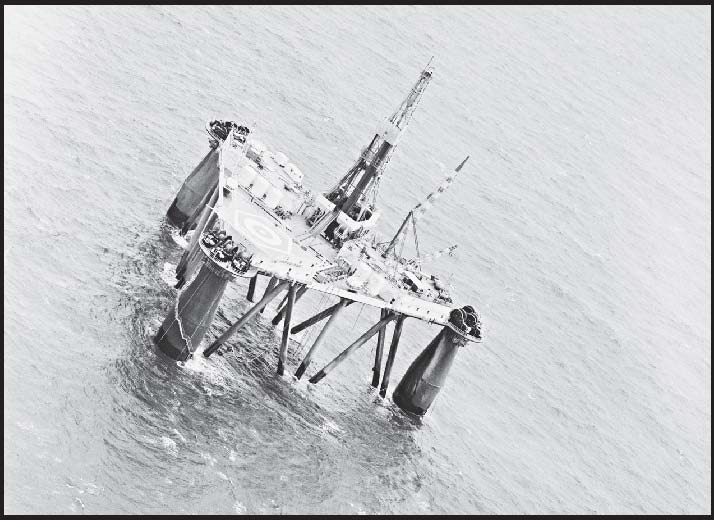
PIONEER: An early drilling rig searches for oil in Bass Strait in 1967. (© National Archives of Australia)
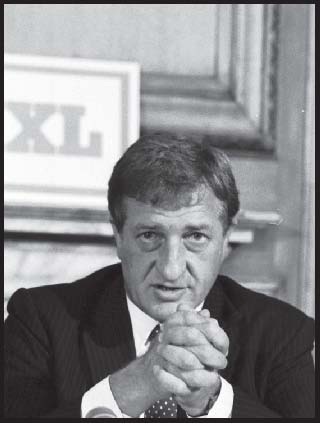
RAIDER: Big John Elliott in 1988 ... he staged a huge share raid on BHP. (© Rod Fleming, licensed by www.scran.ac.uk)
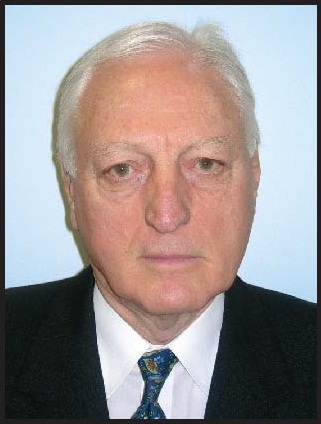
LEGEND: Brian Loton fought off the corporate raiders in the 1980s as BHP’s chief executive. (© Brian Loton)

COURTSHIP: The wooing of BHP’s Brian Loton by John Elliott and Robert Holmes à Court during the takeover crisis of 1984–85, as seen through the eyes of cartoonist Geoff Pryor of the Canberra Times. (© Geoff Pryor/National Library of Australia)

‘DON QUIXOTE WINDMILLS’: The striking winding gear above the shafts of the San Manuel copper mine that tempted BHP into buying it. (Courtesy of Onofre Tafoya)
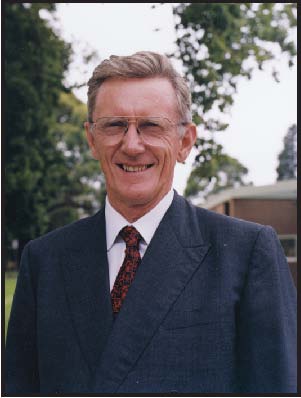
COPPER MAN: Jerry Ellis was chief executive of BHP Minerals when the purchase of Magma Copper was negotiated in 1995. He was later chairman of BHP. (© Monash University Archives, IN6721

THE DON: Following the Magma disaster, Don Argus took over as chairman of BHP from Jerry Ellis in 1999 and championed BHP’s merger with Billiton in 2001. He clashed with new chief executive Brian Gilbertson in 2003, resulting in Gilbertson’s resignation, and then worked more harmoniously with chief executives Chip Goodyear and Marius Kloppers. (© Reuters/Picture Media)

PROJECT BARDOT: Brian Gilbertson in his BHP Billiton office with his inspirational photograph of Brigitte Bardot in 2002. As chief executive, his attempt to negotiate a merger with Rio Tinto chairman Sir Robert Wilson in 2002–03 led to his resignation after a controversial board meeting. (© Peter Braig/Fairfaxphotos

MR FIXIT: Mike Salamon, ‘the best operations guy in this business’. (Mike Salamon collection)

MR COOL: Chief executive Charles ‘Chip’ Goodyear signing an iron-ore deal in China in 2004 (© Reuters/Picture Media)

THE BIG DIG: A small section of the enormous open-cut pit at the Escondida copper mine in northern Chile, one of the jewels in BHP Billiton’s crown, which it shares in a joint venture with Rio Tinto. (© Reuters/Picture Media)

STRIKE: Chilean miners shout slogans during a meeting in Antofagasta in August 2006 in support of a strike at the Escondida copper mine. After a 25-day stoppage, the miners reached a deal that reputedly made them the highest-paid workers in South America. (© Reuters/Picture Media)

HEAVY METAL: BHP Billiton chief executive-elect Paul Anderson (left) and his chief development officer, Mick Davis, address analysts in London during the BHP Billiton roadshow in March 2001. Davis’s resignation as soon as the merger was finalised shocked investors. (© Reuters/Picture Media)

THE CAKEHOLE: An aerial view of the hydrometalurgical circuit at BHP Billiton’s controversial Olympic Dam uranium mine near Roxby Downs, South Australia. BHP Billiton trumped Mick Davis’s Xstrata by buying the mine from Western Mining Corporation for $9.2 billion in 2005. (© Reuters/Picture Media)
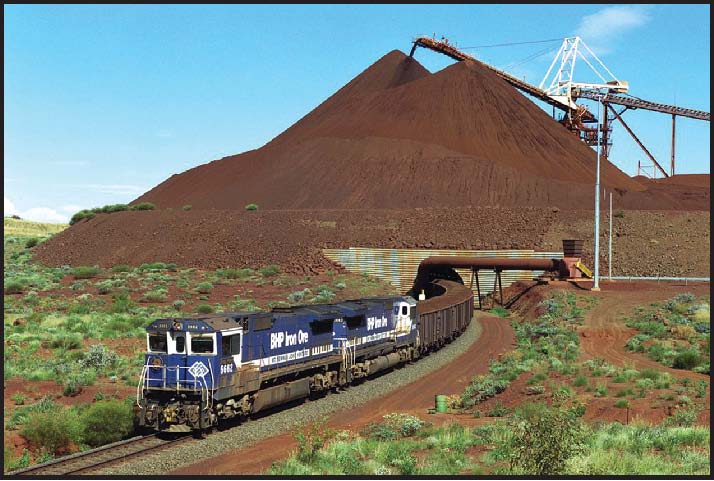
PAYDIRT: A train loaded with iron ore departs from BHP Billiton’s Yandi Mine in the Pilbara. (© Reuters/Picture Media)

ORESOME: A gigantic bucket-wheel reclaimer loads ore at the BHP terminal at Port Hedland. (© Reuters/Picture Media)
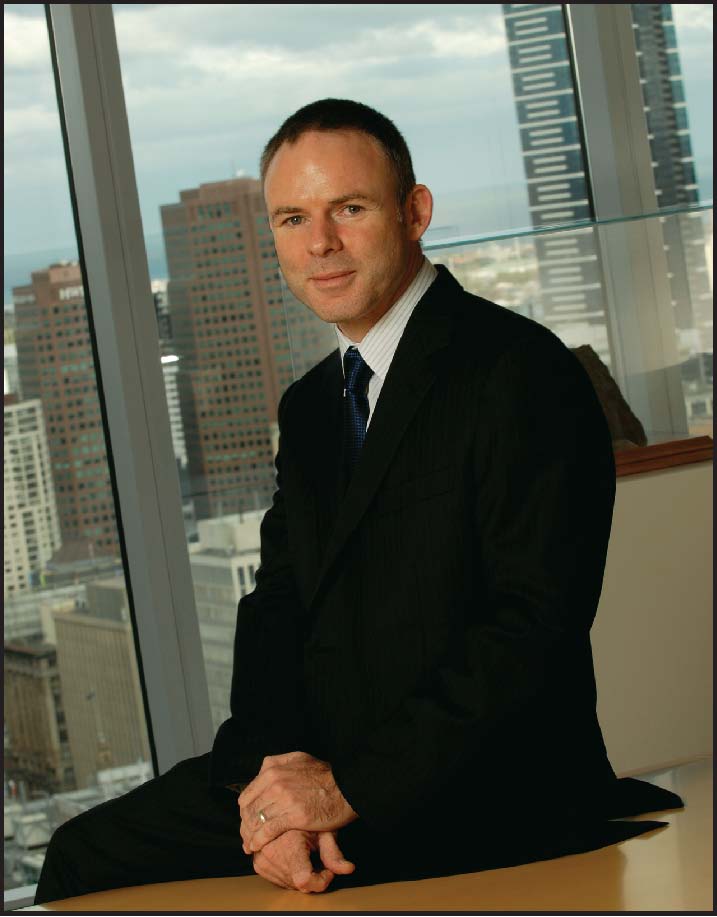
STRATEGIST: Marius Kloppers in his office at 180 Lonsdale Street, Melbourne, in 2009. The South African-born wunderkind made a hostile bid for Rio Tinto shortly after taking over as chief executive from Chip Goodyear in 2007. The bid failed, but in 2009 BHP Billiton negotiated the merger of its iron-ore assets with those of Rio Tinto in the Pilbara, subject to regulatory approval. (© BHP Billiton)